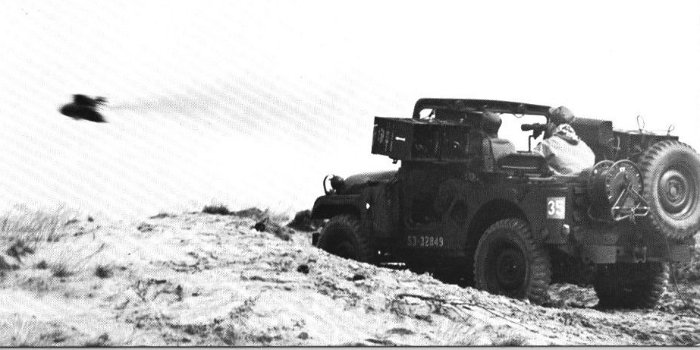Topic: Tradition
Regimental Mascots
By Major T.J. Edwards, M.B.E., F.R.Hist.S.
Member of the Society for Army Historical Research
Published in The Army Quarterly, Volume LXVI, April and June, 1953
Poilu
A number of wild animals, or semi-wild ones, have become regimental mascots and Jumbo, the elephant of The Seaforth Highlanders, has already been mentioned. In the Great War of 1914-18 the late General Sir Tom Bridges, K.C.B., K.C.M.G., commanded the 19th Division. In the spring of 1916, whilst on short leave in Paris, he was given a young lion cub, named "Poilu," which he took back to his headquarters in a hamper at the back of his car. When he arrived at his H.Q., his staff eyed the champagne hamper with pleasant expectations, hoping for the best, but when, on raising the lid, a young King of Beasts sprang out, they were visibly sobered. However, Poilu soon became friendly, installed himself honorary member of the mess and before long was dominating life around him. He was a great favourite with the troops who regarded him as their mascot.
For some time he lived right under the German guns at Boombezeele, whose inhabitants viewed him with disgust and sought the aid of the gendarmerie to have him removed as they feared he might pounce upon their children to assuage his enormous appetite. He followed General Bridges like a dog, quite loose and not on a leash, and if any natives saw him coming their way they would rush for cover or shin up the nearest tree. Stolid army mules that never turned a hair under the heaviest enemy bombardment were galvanized into life at the sight of Poilu. Kitchens and meat stores were particular objects of his interest and the hearts of master cooks did not beat anything like normal until he was well away.
He had the run of the officers' mess, but once, having committed a misdemeanour, he was banished to the mess garden as a punishment. During lunch-time he happened to spy one of his favourite dishes being brought in and placed on the mess table. In an instant he jumped through the French windows, smashing them to pieces, and with his mane glistening with broken glass he mounted the table, seized his prize and returned to the garden with it via the smashed windows.
Poilu was not persona gratis with the hierarchy at G.H.Q. and the C.-in-C. particularly did not approve of him. General Bridges received from his friends at court several hints that if young Leo was not sent away from the division there would be trouble, but the only answer he sent to those well-wishers was "Come and take him." He removal was, however, occasioned by other circumstances which the General left on record, thus:
"My headquarters were then in dugouts in Scherpenberg Hill, a prominent point, where distinguished visitors would come and actually see shells bursting. Such callers were frequent and they very often dropped in for refreshment. Mr. Asquith came one day but his climb to the hill-top was interrupted by meeting Poilu face-to-face. 'I May be wrong,' he said, 'but did I see a lion in the path?'"
Whatever entertainment the Divisional Staff enjoyed at seeing a leading statesman thoroughly embarrassed, the incident caused the wires to buzz, but General Bridges took scant notice of the threats he received from G.H.Q.: the lion was the dividional mascot and his presence did much in maintaining the morale of the troops who loved petting him and seeing him scare the mules. Unfortunately General Bridges was wounded in September, 1917, and as his successor had no liking for such "big cats," Poilu was sent home and placed in Mr. Tyrwhitt-Drake's private collection near Maidstone. "Always the perfect gentleman," wrote General Bridges, "he contrived to die, aged nineteen, on the 19th of June, 1935, the mascot of the 19th Division."
The Courier-Mail (Brisbane, Queensland)
WAR MASCOT; Sir T. Bridge's Lion
LONDON, January 16, 1934.
The "Daily Mail" says that "Poilu," a 24-year-old lion, which was presented to Sir Tom Bridges, a former Governor of South Australia, as a mascot, and which lived at the front until Sir Tom Bridges was wounded in 1917, is still alive at Mr. H. G. Tyrwhitt Drake's Zoo, at Maidstone.
Mr. Tyrwhitt Drake says that» the sight of the cub following Sir Tom Bridges in the trenches must have cheered the soldiers and made them feel that they had the British lion with them both in person and spirit.
Sir Tom Bridges's successor found that the cub in time grew too big for a mascot, and sent him to Maidstone, where he sired many cubs.
Poilu has also been mentioned on the Great War Forum, here and here.


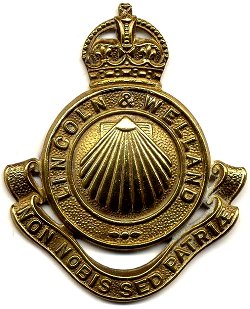 1. He wants to follow a leader who is not afraid … not afraid of his position, not afraid of his own boss, not afraid of a tough job, not afraid of the people who work for him, not afraid of honest mistakes—either theirs of his.
1. He wants to follow a leader who is not afraid … not afraid of his position, not afraid of his own boss, not afraid of a tough job, not afraid of the people who work for him, not afraid of honest mistakes—either theirs of his.
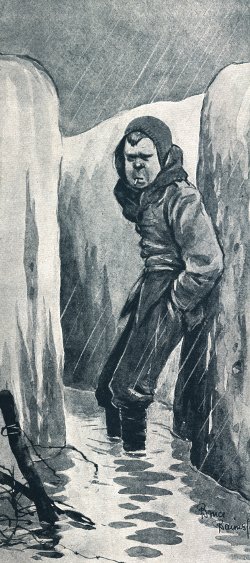

 Library and Archives Canada holds multiple records and files for the First World War (1914–1918), mostly for the Canadian Expeditionary Force (CEF). It is necessary to consider all of these records together in order to fully understand the Canadian contribution to this war. The Guide to Sources Relating to Units of the Canadian Expeditionary Force is a unique finding aid that brings together references to records and files scattered throughout several fonds, which relate to almost every unit in the CEF.
Library and Archives Canada holds multiple records and files for the First World War (1914–1918), mostly for the Canadian Expeditionary Force (CEF). It is necessary to consider all of these records together in order to fully understand the Canadian contribution to this war. The Guide to Sources Relating to Units of the Canadian Expeditionary Force is a unique finding aid that brings together references to records and files scattered throughout several fonds, which relate to almost every unit in the CEF.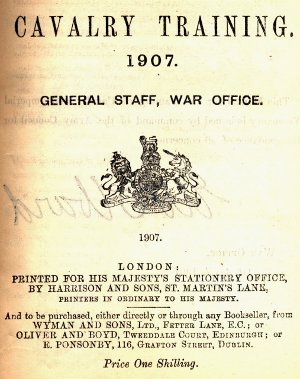 S. 203. — Practical Instruction in the use of the Lance (Mounted).
S. 203. — Practical Instruction in the use of the Lance (Mounted).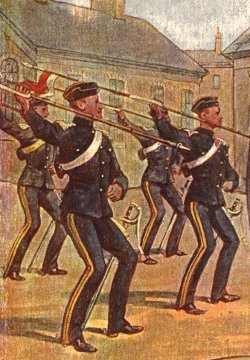 For the latter purpose, the "thrust" may be practiced to the left and right fronts as follows:—
For the latter purpose, the "thrust" may be practiced to the left and right fronts as follows:—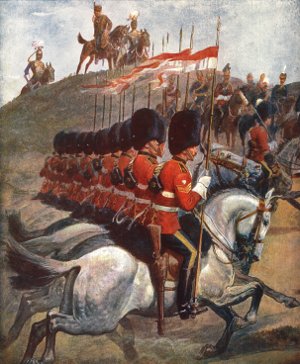 In the early exercises, one dummy for each run will suffice; at subsequent lessons two should be used, which should be in the same line, and on the same hand.
In the early exercises, one dummy for each run will suffice; at subsequent lessons two should be used, which should be in the same line, and on the same hand.
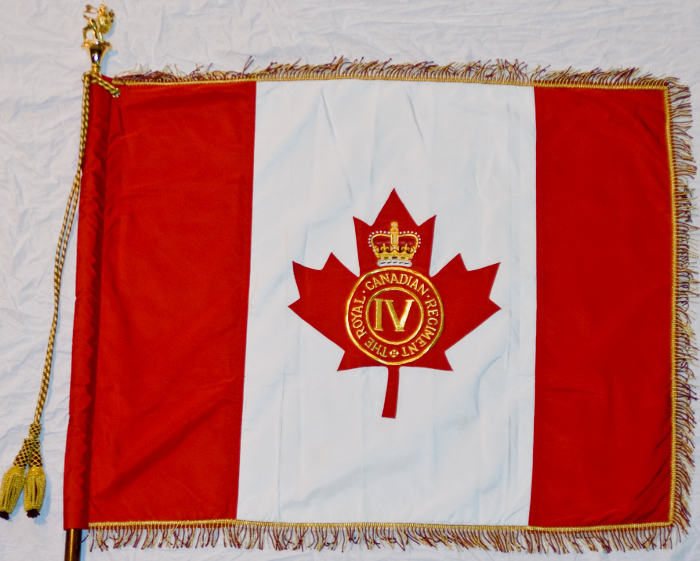


 So much has happened in the past six months that it would be impossible to attempt to tell all.
So much has happened in the past six months that it would be impossible to attempt to tell all.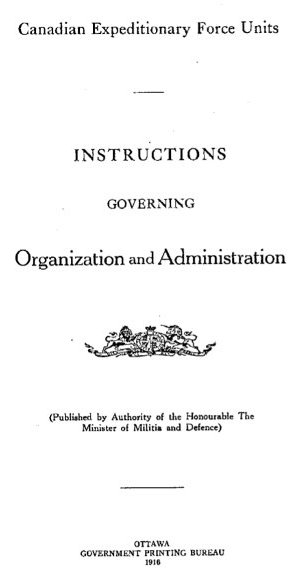
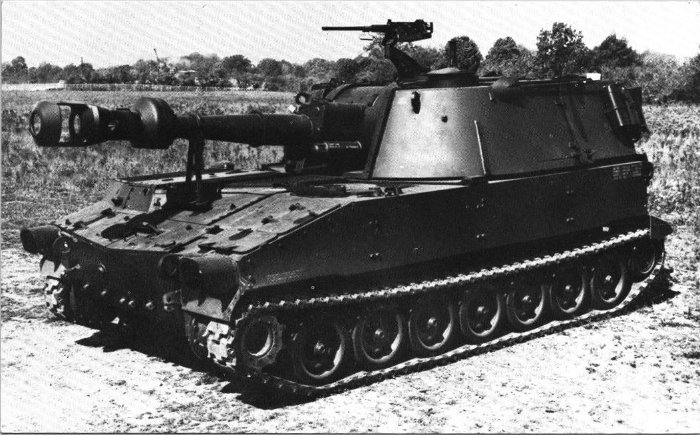
 On a popular
On a popular 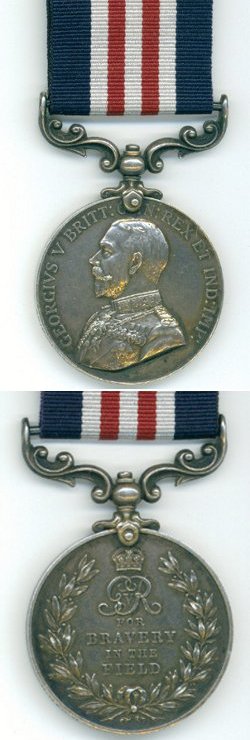 There were hundreds of medals to Canadians on ebay that month. Why that particular medal. The soldier's unit is one that evokes sentimental feelings, a book has been written about them, and doing good for a worthy cause never falls short of gaining support. The rescuer and the media milked that angle for all it was worth and let momentum take its course. As soon as the media spotlight turns on a particular auction, there's no guessing where it will go. Other medals to soldiers of that unit have sold since at market values without the media attention. Perhaps it was a well-intentioned plan, but the way it was executed in the public eye, with emotional media support derailed any good intentions in the result. Yet somehow we always seem to see the "rescuer" lauded, even when a charitable organization has to raise
There were hundreds of medals to Canadians on ebay that month. Why that particular medal. The soldier's unit is one that evokes sentimental feelings, a book has been written about them, and doing good for a worthy cause never falls short of gaining support. The rescuer and the media milked that angle for all it was worth and let momentum take its course. As soon as the media spotlight turns on a particular auction, there's no guessing where it will go. Other medals to soldiers of that unit have sold since at market values without the media attention. Perhaps it was a well-intentioned plan, but the way it was executed in the public eye, with emotional media support derailed any good intentions in the result. Yet somehow we always seem to see the "rescuer" lauded, even when a charitable organization has to raise 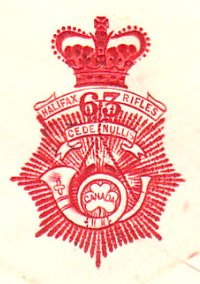 H. Hechler, Captain
H. Hechler, Captain
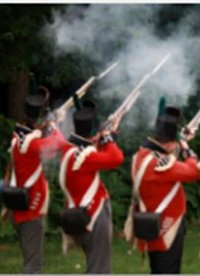 Free admission, family friendly, celebration of this great nation and its people.
Free admission, family friendly, celebration of this great nation and its people.


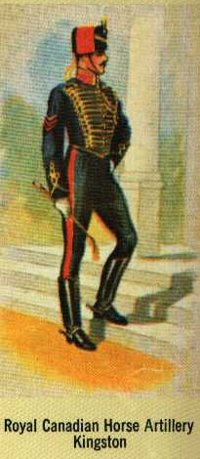
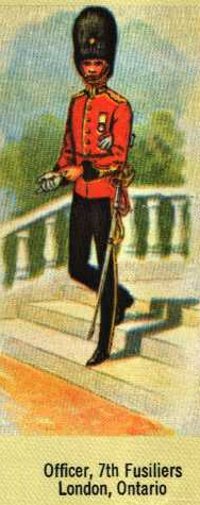
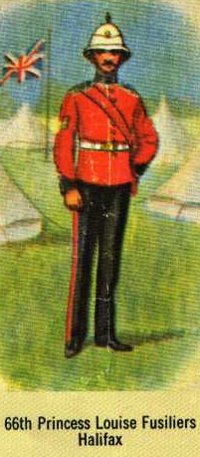
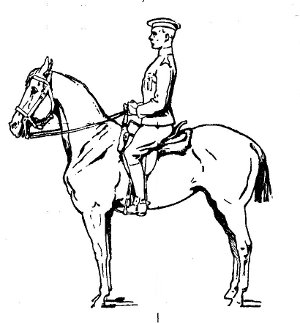 S.7. – Training of the Men
S.7. – Training of the Men
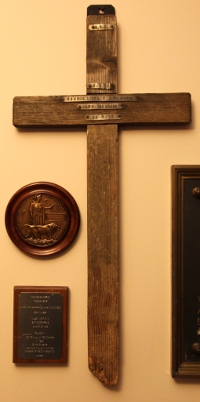
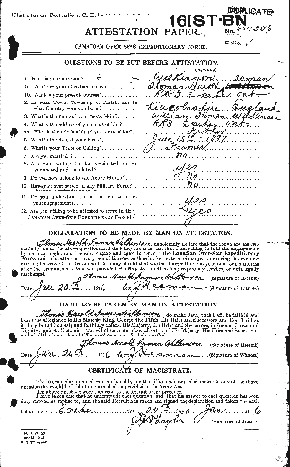
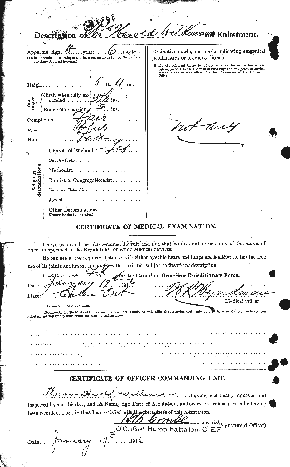
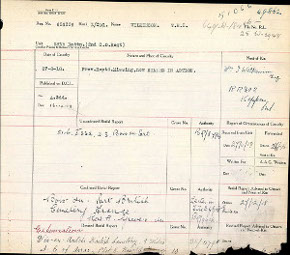
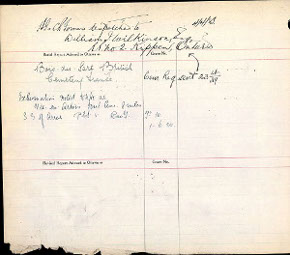
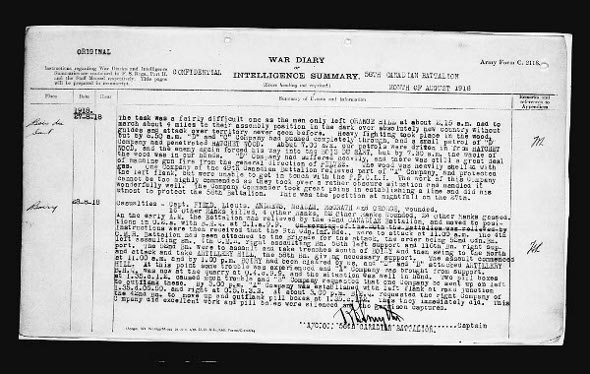
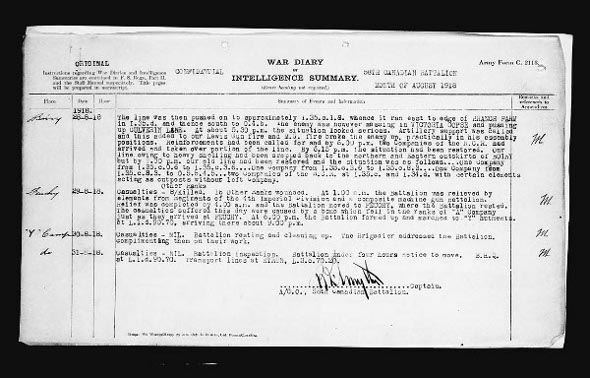

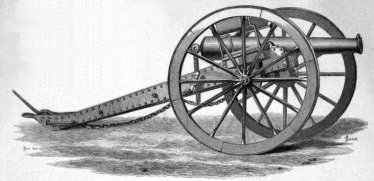 To be competed for on parade during annual drill by the four sub-divisions of the Battery. the prizes to be awarded to the Batteries performing the conditions in the shoertest average time.
To be competed for on parade during annual drill by the four sub-divisions of the Battery. the prizes to be awarded to the Batteries performing the conditions in the shoertest average time. 
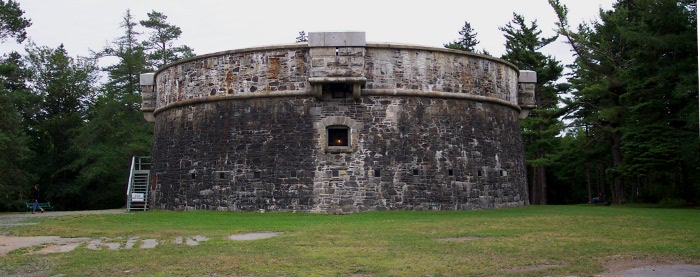
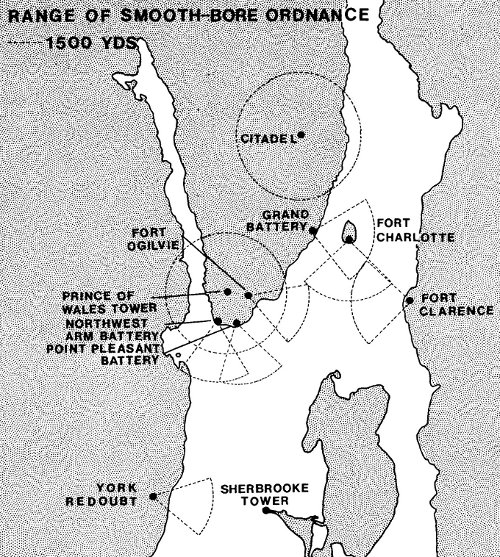 The likeliness of congestion in the main harbour from burning ships and damaged docksides, the steep approach through the town and being under the guns of the fortress make that approach an undesirable on for an attacker. The alternatives, therefore, would be landing on
The likeliness of congestion in the main harbour from burning ships and damaged docksides, the steep approach through the town and being under the guns of the fortress make that approach an undesirable on for an attacker. The alternatives, therefore, would be landing on 